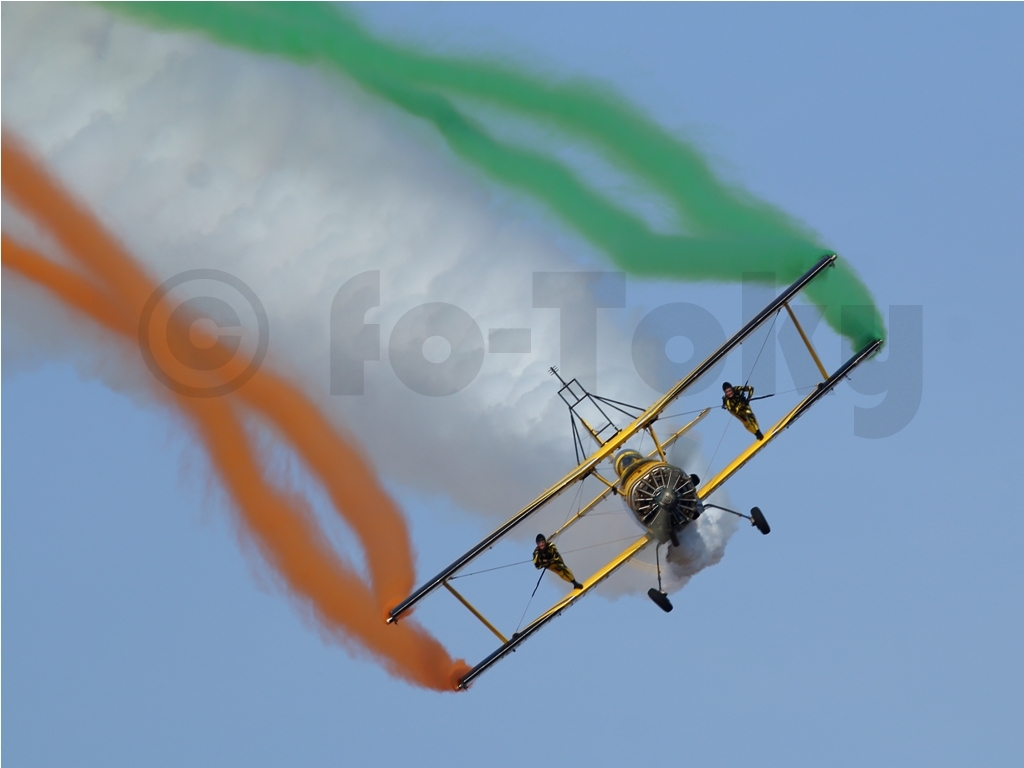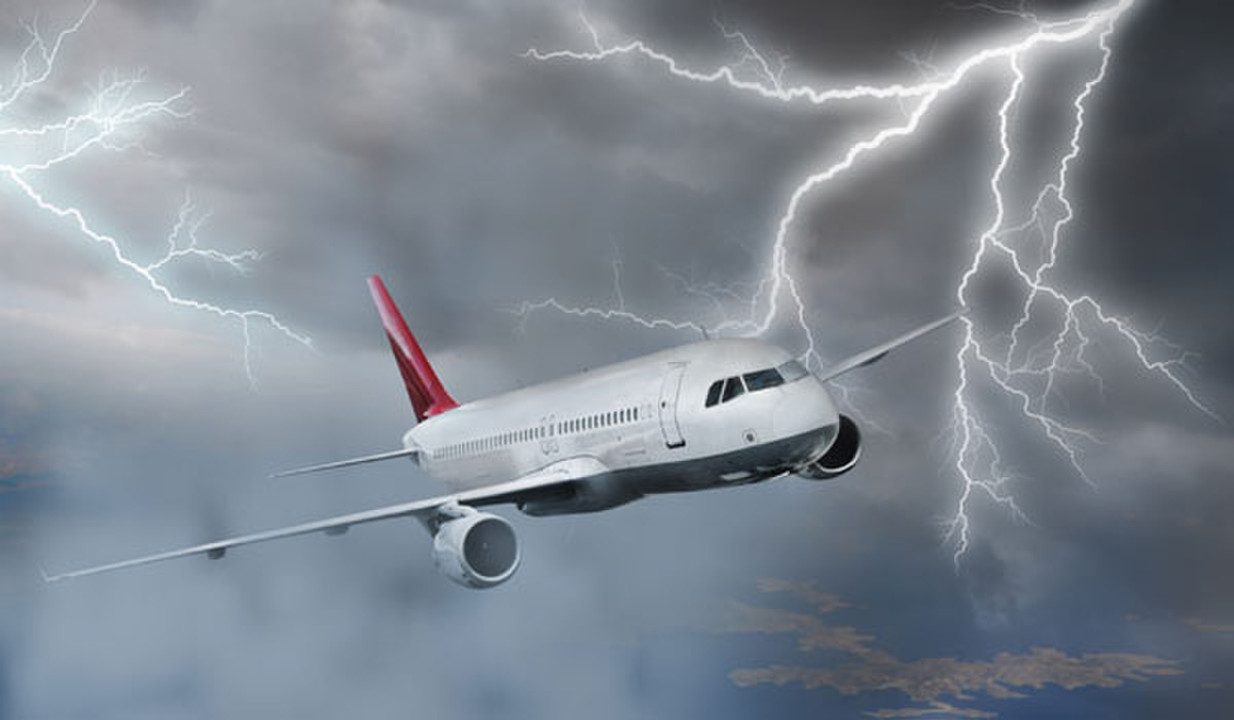On 7 August 2020, Air India Express Flight 1344, a COVID-19repatriation flight, part of the Vande Bharat Mission from Dubai, United Arab Emirates, to Kozhikode, India, overshot the runway during landing run at Calicut International Airport. The aircraft fell into a gorge killing 16 passengers, and both pilots. The remaining four cabin crew and 168 passengers survived, of whom over 100 were injured. A very tragic accident. The accident has rattled the nation, the aviation community, and especially all the pilots in particular. Flying is not inherently dangerous but it is terribly unforgiving. The aviation industry which was fraught with adversity and at times…
Category: Flight Safety
The Story of Missing Locking Wire…
Failure to properly secure aircraft components can compromise powerplant and control system operation, leading to system and component failures. Properly secure aircraft components with safety wire, ensure that hardware locking mechanisms are properly installed on your aircraft, and check them often to confirm they are taut and ready for flight
Longest 60 seconds
Engine flameout on a single-engine jet. Read to find out what happens next.
Night Flying Tips for Ab Initio Pilots: Part 3 Human Factors
Flying at night presents a unique set of challenges, as well as opportunities.
NIGHT FLYING TIPS FOR AB INITIO PILOTS- PART 2
Flying at night presents a unique set of challenges, as well as opportunities.
NIGHT FLYING TIPS FOR AB-INITIO PILOTS- PART 1
Flying at night presents a unique set of challenges, as well as opportunities.
Engine Failure
Whether you’re a novice or an experienced pilot, an engine failure in-flight is a pilot’s worst nightmare. If it occurs in a single-engine piston aircraft or a single-engine jet plane, there are only two ways out: trying to restart the engine, or making a forced landing. The other option of ejection is available to military pilots only. An engine failure in flight requires a swift reaction by the pilot in command to maximize the flight of an airplane after the event has occurred. Pilots do this by acquiring a glide…
What Airline Pilots need to know about difference in bird and drone strike?
US Airways flight 1549 presents a single most illustrious example of the kind of damage a bird strike can cause and piloting-skill required to be able to bring out everyone safely from a disastrous situation. Birds are intelligent species which have natural instinct to survive and avoid a collision while in the air or on the ground. With their sharp vision and quick decisive ability, they are able to avert not only other avian traffic but also human-made obstacle and flying objects. Differences between drone and birds. 1. For the same…
What pilots should do to avoid mid air collision?
The risk of midair collision is greatest from takeoff to top of climb, and again from start of descent to landing. Don’t assume you’ll always be able to ‘see and avoid.’ You, the pilot, are responsible for your own separation and lookout. Air regulation prescribes that when weather conditions permit, regardless of whether the operation is conducted under instrument flight rules (IFR) or visual flight rules (VFR), each person operating an aircraft shall maintain vigilance so as to see and avoid other aircraft. Remember that most midair collision accidents and…
What pilots should know about lightning and its effect?
Recently I was operating to Colombo. ATIS reported thunderstorm activity around aerodrome and heavy rain. Subsequently, the Director reported Aerodrome lightning warning. After we landed, we realized that all ground movement has been suspended due to lightning warning, and passengers had to wait for 45 minutes before de-boarding. Airplanes get struck by lightning frequently. Fortunately, they’re built to handle it. The average commercial airliner gets hit by lightning a little more than once a year according to Lightning Technologies Inc., a Massachusetts-based company that manufactures lightning protection for aircraft. The last confirmed commercial plane crash directly attributed to…







